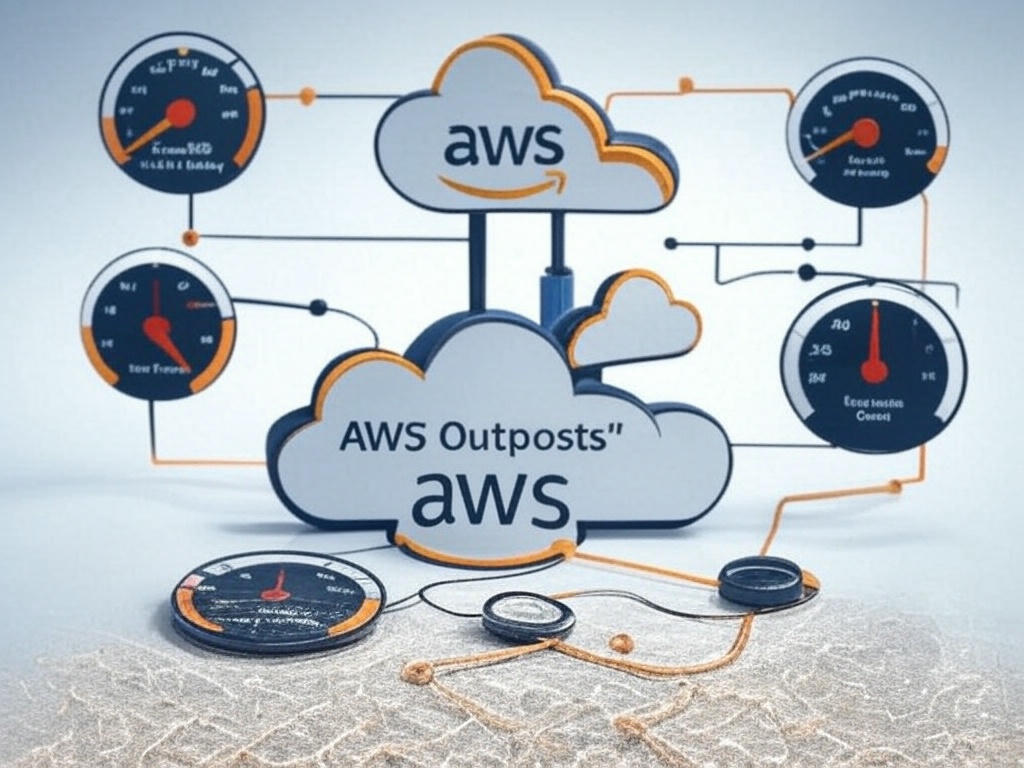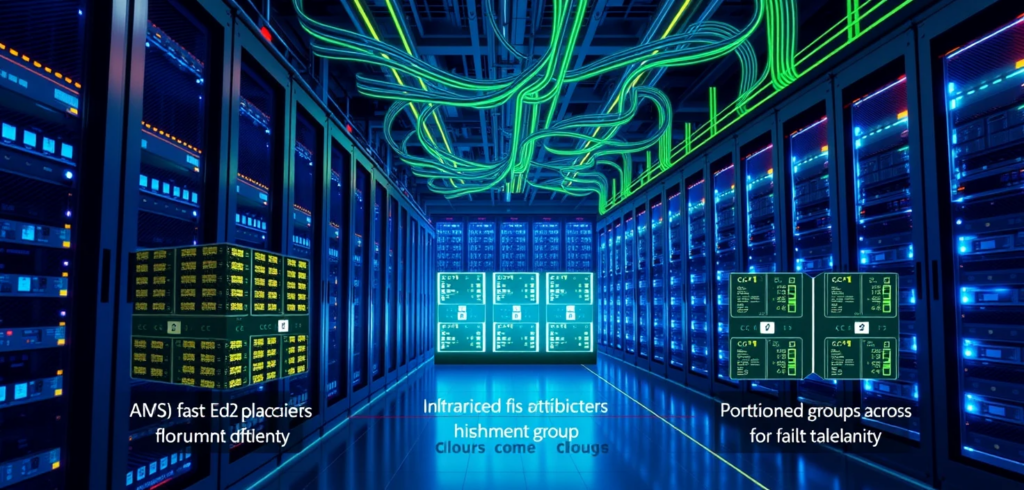
Cloud computing has transformed how applications are built and deployed, with AWS leading this technological revolution. For developers and architects, mastering essential AWS services is a competitive advantage and a necessity to thrive in today’s job market. This article will guide you through the key AWS skills you need to excel in cloud computing and fully leverage the opportunities this digital transformation offers.
AWS Lambda for serverless computing
AWS Lambda lets you execute your code in the cloud without worrying about server infrastructure. You run your code exactly when you need it, no more, no less. There’s no need to manage servers, maintain operating systems, or manually scale resources. AWS handles the heavy lifting behind the scenes, so you can concentrate on writing efficient code and solving meaningful problems. Lambda easily integrates with other AWS services, allowing you to create event-driven applications quickly and effectively.
Why You Should Learn It
- Auto-Scaling: Automatically adjusts to demand.
- Cost-Effective: Pay only for code execution time.
- Microservices Friendly: Ideal for real-time events and modular architecture.
Essential Skills
- Writing Lambda functions in Python or Node.js
- Integrating Lambda with services like API Gateway, S3, and EventBridge
- Optimizing for minimal latency and reduced costs
Real-world Examples
- Backend API development
- Real-time data processing
- Task automation
Amazon S3 for robust cloud storage
Amazon S3 is an industry-standard storage solution known for its reliability, security, and scalability. Whether you’re managing small amounts of data or massive petabyte-scale datasets, S3 securely and efficiently handles your storage needs. Its seamless integration with other AWS services makes S3 indispensable for developers aiming to build anything from straightforward websites to complex analytics pipelines.
Why You Should Learn It
- Exceptional Durability: Guarantees high-level data safety.
- Flexible Storage Classes: Customizable based on performance and cost.
- Advanced Security: Offers strong encryption and precise access management.
Common Use Cases
- Hosting static websites
- Data backups and archives
- Multimedia content storage
- Data lakes for analytics and machine learning
DynamoDB for powerful NoSQL databases
DynamoDB delivers ultra-fast database performance without management headaches. As a fully managed NoSQL service, DynamoDB effortlessly scales with your application’s changing needs. It handles heavy workloads with extremely low latency, providing developers with unmatched flexibility for managing structured and unstructured data. Its robust integration with other AWS services makes DynamoDB perfect for developing dynamic, high-performance applications.
Why It Matters
- Fully Serverless: Zero server management required.
- Dynamic Scaling: Automatically adjusts for varying traffic.
- Superior Performance: Optimized for fast, consistent query results.
Critical Skills
- Understanding NoSQL database concepts
- Designing efficient data models
- Leveraging indexes and DynamoDB Accelerator (DAX) for enhanced query performance
Typical Applications
- Gaming leaderboards
- Real-time analytics
- User session management
Effortless containers with AWS ECS and Fargate
Containers have revolutionized how we package and deploy applications, and AWS simplifies this process remarkably. Amazon Elastic Container Service (ECS) allows straightforward orchestration and scaling of containerized applications. For those who prefer not to manage servers, AWS Fargate further streamlines the process by eliminating server management, freeing developers to focus purely on application development. ECS and Fargate combined allow developers to build, deploy, and scale modern applications rapidly and reliably.
Why It’s Essential
- Managed Containers: No server maintenance headaches.
- Automatic Scaling: Handles large-scale container deployments smoothly.
- Serverless Deployment: Fargate simplifies your infrastructure workload.
Skills to Master
- Building and deploying container images
- ECS cluster management
- Implementing serverless container solutions with Fargate
Common Uses
- Deploying scalable web applications
- Microservice-oriented architectures
- Efficient batch processing
Automating infrastructure with AWS CloudFormation
AWS CloudFormation empowers you to automate and standardize infrastructure deployments through code. This ensures that every environment, be it development, staging, or production, is consistent, predictable, and reliable. Defining your infrastructure as code (IaC) reduces manual errors, saves time, and makes it easier to manage complex setups across multiple AWS accounts or regions.
Why You Need It
- Clear Infrastructure Definitions: Simplifies complex setups into manageable code.
- Deployment Consistency: Reduces errors and accelerates deployment.
- Repeatable Deployments: Easily reproduce infrastructure setups anywhere.
Key Skills
- Creating robust CloudFormation templates
- Effectively managing stack lifecycles
- Seamlessly integrating CloudFormation with other AWS services
Practical Scenarios
- Quick setup of identical environments
- Version control and management of infrastructure
- Disaster recovery and multi-region infrastructure management
Boosting DynamoDB with AWS DynamoDB Accelerator (DAX)
AWS DynamoDB Accelerator (DAX) significantly enhances DynamoDB’s performance by adding a fully managed in-memory caching layer. DAX dramatically improves application responsiveness and query speed, making it an excellent addition to high-performance applications. It seamlessly integrates with DynamoDB, requiring no complex configurations or adjustments, which means developers can rapidly enhance application performance with minimal effort.
Why You Should Learn DAX
- Superior Performance: Greatly reduces response times for data access.
- Fully Managed Service: Effortless setup with zero infrastructure hassle.
Ideal Use Cases
- Real-time gaming scenarios
- High-throughput web applications
- Transactional systems needing fast responses
In a few words
Mastering these essential AWS services positions you at the forefront of cloud computing innovation. By deeply understanding these tools, you’ll confidently build scalable, resilient, and secure applications that not only perform exceptionally well but also optimize costs effectively. Staying proficient in these AWS technologies ensures you remain adaptable to the evolving demands of the tech industry, empowering you to create solutions that meet the complex challenges of tomorrow. Keep learning, exploring, and experimenting, your enhanced skillset will make you invaluable in any development or architecture role










